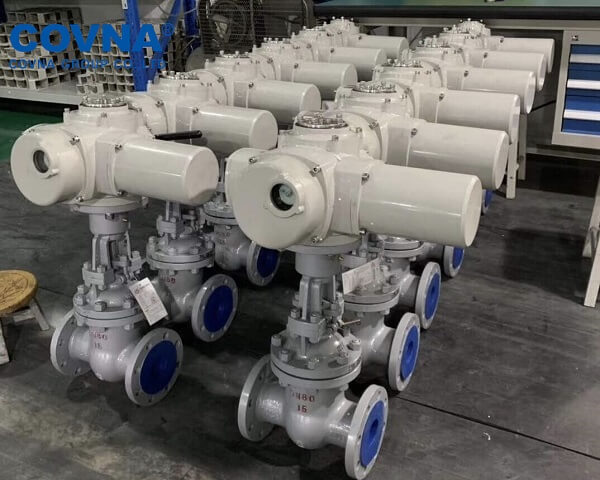According to the actuation mode, the control valve is mainly divided into two kinds, electric control valve and pneumatic control valve, in order to adapt to different working conditions and technological requirements Through 4~20mA or 0~10V analog signal control valve opening, thus achieve control purposes. Applied to the angle stroke control valve mainly ball valve, butterfly valve and so on. The electric control valve is easy to operate and does not need compressed air, but the response speed is slow, the control precision and the regulation performance is poor, only applies in some to the control precision request is not high, the movement frequency is low the workplace. By comparison, pneumatic control valve is widely used in process control field of all walks of life because of its high control precision, fast response speed, good working stability and wide application.
As the brain of the control valve, the valve positioner plays a decisive role in the control performance and field function of the whole control valve. Compared with the traditional electrical transfer valve positioner, the intelligent valve positioner has more extensive application and market prospect in control valve’s control precision, response speed, function expansion, improving valve’s automatic control level and so on. Therefore, the intelligent valve positioner is seen as the future direction of Valve positioner development.
Different intelligent valve positioners have the common structure and function, but also have their own characteristics.
What They Have In Common:
1. As a standard valve positioner (electro-pneumatic converter function) , it can be widely used for position control of process control valves with pneumatic actuators.
2. As a process controller (with self-contained PID function) , and the valve with pneumatic actuator to form an intelligent control valve. It can directly receive the real-time process value signal of the sensor and form a relatively independent complete process control loop together with the sensor to realize the closed-loop control function.
3. The valve position control system is composed of external linear position sensors, which can be combined with the valves of direct stroke pneumatic actuator, such as angle seat valve, globe valve, diaphragm valve, etc. Also can combine the angle stroke pneumatic actuator valve such as: ball valve, butterfly valve, and diaphragm pneumatic control valve, using built-in angle stroke sensor valve positioning control system.
4. Both for single-acting actuator valves, such as normally open or normally closed valves, and for double-acting actuator valves or cylinders.
5. With analog position feedback output and two binary output signals. The position feedback signal can feedback the actual position or the actual process value of the valve to the PLC or the controller, which is convenient to collect and monitor the system information.
6. Good man-machine interface, easy to operate; large-screen digital liquid crystal display, real-time display setting value and actual value and display valve environment temperature; three-button menu indication operation, easy to field debugging and maintenance.
Post time: Jul-28-2021





